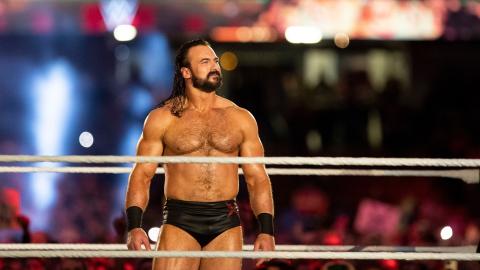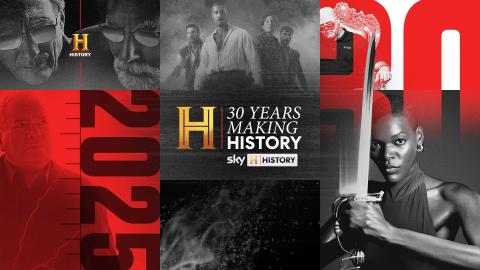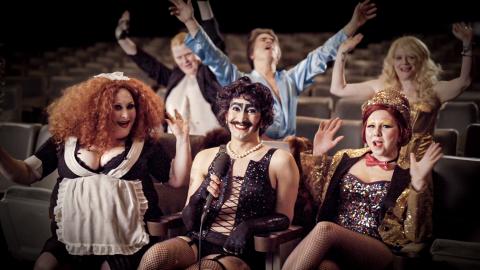Ernest Hemingway: Biography
An early role model for the young Ernest Hemingway was the sports journalist Ring Lardner. Once out of high school Hemingway himself became a journalist, and he used an objective journalistic style throughout his writing career.
Ernest Miller Hemingway was the first son and the second child born to Clarence Edmonds "Doctor Ed" Hemingway, a country doctor, and Grace Hall Hemingway.
While his mother hoped that her son would develop an interest in music, Hemingway adopted his father's ‘outdoors’ hobbies of hunting, fishing and camping in the woods and lakes of Northern Michigan. The family owned a house called Windemere on Michigan's Walloon Lake and often spent summers vacationing there. These early experiences in close contact with nature instilled in Hemingway a lifelong passion for outdoor adventure and for living in remote or isolated areas.
At school he excelled both academically and athletically; he boxed, played football, and displayed a particular talent in English classes.
After high school, young Hemingway did not want to go to college. Instead, aged eighteen, he opted for a writing career as a junior reporter for The Kansas City Star. However, after only a few months in the role he tried to join the army. He failed the medical examination due to poor vision, and instead joined the Red Cross towards the end of World War I in 1918. On his journey to the Italian front, he stopped in Paris, which was under constant bombardment from German artillery. Instead of staying in the relative safety of his hotel, Hemingway tried to get as close to combat as possible.
In July of that year, he was wounded by a mortar fragment. The Italian government later presented him with a medal for dragging a wounded Italian soldier to safety in spite of his own injuries.
After his return to the United States, he became a reporter for Canadian and American newspapers and was soon sent back to Europe to cover such events as the Greek Revolution.
During the 1920s, he lived in Paris with his first wife Hadley Richardson, working as a foreign correspondent. He was eventually introduced to writer Gertrude Stein, who became his mentor and led him to join the American expatriate circle that became known as the Lost Generation - which he described in his first important work, 'The Sun Also Rises' (1926).
After Hadley became pregnant in 1923, the Hemingways left Paris and moved to Toronto, where he wrote for the Toronto Daily Star and waited for their child, John Hadley Nicanor Hemingway, to arrive.
The family soon returned to Paris, with Hemingway determined to make a name for himself. Between 1925 and 1929, he produced some of the most important works of 20th century fiction, including the landmark short story collection 'In Our Time' (1925) which contained 'The Big Two-Hearted River'. In 1926, he published 'The Sun Also Rises', followed by 'Men Without Women' in 1927. Two years later, he published 'A Farewell to Arms', arguably the finest novel to emerge from World War I. In four short years he went from being an unknown writer to being the most important writer of his generation, and perhaps the 20th century.
Hemingway divorced Hadley Richardson in 1927 and married Pauline Pfeiffer, a fashion reporter. The couple moved to Florida the following year to begin a new life. However, Hemingway’s life would take a tragic turn shortly after, when his father committed suicide.
His second son, Patrick, was born later that year – with third son Gregory coming along a few years later.
In 1937, Hemingway travelled to Spain in order to report on the Spanish Civil War for the North American Newspaper Alliance. The war put a strain on his marriage. His wife Pauline was a devout Catholic and, as such, sided with the fascist, pro-Catholic regime of Franco, whereas Hemingway supported the Republican government.
Shortly after Franco’s Fascists took power in Spain, Hemingway returned to Florida and was divorced from Pauline. Hemingway married his companion of four years in Spain, Martha Gellhorn, his third wife. His novel 'For Whom the Bell Tolls' was published in 1940. The book, which takes place during the Spanish Civil War, was based on real events and tells of an American named Robert Jordan fighting with Spanish soldiers on the Republican side. It was largely based upon Hemingway's experience of living in Spain and reporting on the war. It is considered to be one of his most notable literary accomplishments.
During the Second World War, he worked for the resistance movement in Paris. After the war he moved to Cuba, where he lived until he was forced to leave in 1959 after Fidel Castro’s Communist revolutionaries took power. 'The Old Man and the Sea' was written and set in Cuba, and won the Pulitzer Prize in 1953.
His overall achievement as a writer was acknowledged when he won the Nobel Prize for literature in 1954.
Sadly, Hemingway suffered from manic depression (bipolar disorder), and had been treated with electroshock therapy. Hemingway blamed these sessions for disrupting his memory. Following an unsuccessful attempt in the spring of 1961, he committed suicide a few months later. He was 61.
















